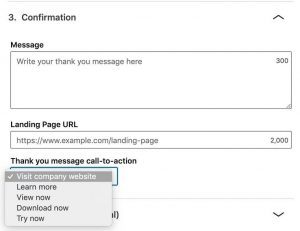by Aaron Baar, Staff Writer, September 6, 2016
The role of mobile as an e-commerce and search channel can’t be overstated. It used to be that a Web site could be mobile-responsive or mobile-optimized, but now e-commerce sites are considering something more. Specifically Google AMP (accelerated mobile pages).
Google AMP is designed for Web sites to load instantly on mobile devices, making it easier to capitalize on those brief moments of time when consumers turn to their phones for information. While the first entities to employ AMP were news publishers and blogs (for whom the HTML was devised in the first place), e-commerce sites are now experimenting with the code to speed their transaction and loading times.
Ebay in June became the first major company to use AMP for its mobile e-commerce, rendering it to run on about 8 million of its pages. In a blog post, eBay executives said the move helped them develop and maintain best practices across scattered teams, reduce forking in code and improve the browsing experience using AMP’s built-in component boxes. Though some issues (JavaScript discrepancies, tracking complexities) did come up, Ebay was satisfied enough with the test to work with Google on expanding e-commerce opportunities within AMP.
Indeed, in late August, Google’s AMP team published a blog post offering tips about how to use AMP for e-commerce. While some tasks (such as purchasing) can’t currently be done through AMP, Google notes it can be very useful for general product browsing, product information pages, showcasing related products and personalizing and understanding the user experience. It’s not even necessary to have every page AMPed for a rollout.
“The entire site doesn’t have to be converted at once,” wrote the blog’s authors. “We recommend analyzing and AMPing the portions of the site that make sense. Identify each page type’s main goal and key features to help decide where to get started.”
Even if your fourth-quarter plan is already in place, it may be worth testing AMP on your e-commerce sites now, says Tom Coparaso, CEO of Clarus Commerce. “I would put it on pages that don’t get a ton of traffic just to see how it works,” Coporaso tells Search Insider. “If there’s areas that are not critical to fourth-quarter sales, I’d put [the code] on it.”
Because while consumers might accept their current load times, the rapid adoption of mobile as a commerce channel will demand AMP’s speed sooner rather than later. (And Google has said it will start using mobile speed as a factor for page rankings in the future.) “The rapid [adoption] of mobile browsing buying is amazing,” Coporaso says. “We may not be at a ‘need [-to-have]’ right now, but it’s close.”
MediaPost.com: Search Marketing Daily
(43)




